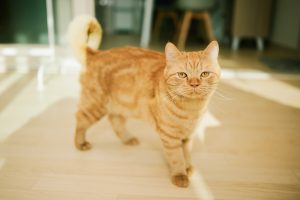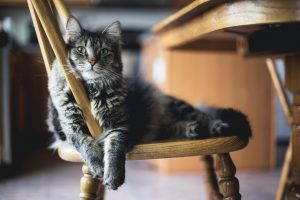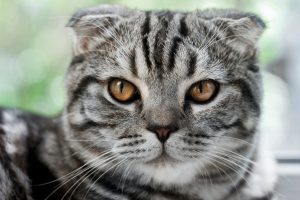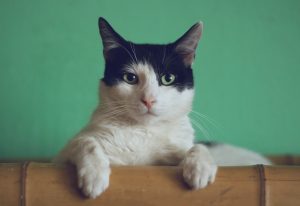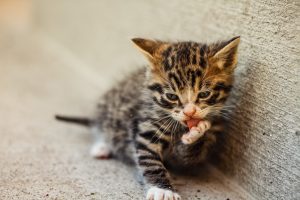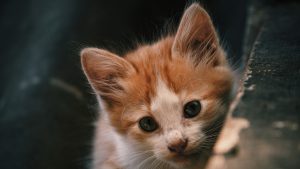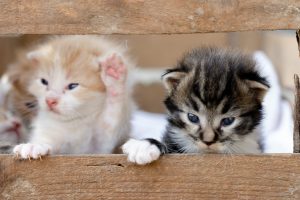Cats are unique creatures. a number of their habits could seem unusual to several but serve a cat well. the subsequent are some interesting facts about cats.
⦁ Cats are often either right pawed or left pawed. almost like humans, they show a preference to use one paw over the opposite . However most cats are left pawed.
⦁ A cat uses it whiskers to detect nearby movement. a bit like a group of antennas. They move forward once they hunt, providing information on their prey.
⦁ a mean cat has 60 vertebrae and 244 bones. Most of the cat’s bones are found in their tail which provides it flexibility.
⦁ Cats have 517 muscles which permit their back and front to maneuver in opposite directions.
⦁ A cats taste buds are found on the tip of their tongue. They only have 473 compared to humans which have 9,000.
⦁ A cats heart beats 2 to three times faster than a humans at 150 to 210 times per minute. a person’s heart beats 60 to 80 times per minute.
⦁ Cats have a course sandpaper like tongue. This texture is made by a skinny covering of small thorn like barbs. These barbs face backwards on the tongue and help guide food to the rear of their mouths also as help them to require in water quicker.
⦁ Cat ears have 32 muscles unlike human ears with only 6. they will also turn 180 degrees. this provides them excellent hearing while hunting prey.
⦁ Kittens have 26 milk teeth which can get replaced by 30 permanent teeth once they are 12 to 18 weeks old.
⦁ A feline will mark a 3 to five mile stretch of track as its territory. it’ll then re-evaluate this stretch daily to stay it well scented.
⦁ A layer of tissue within the opaque gem reflects and magnifies light allowing a cat to ascertain sixfold better than a person’s in less light.
⦁ Scent glands are found during a cats cheeks and paws. They pass the scent on once they rub against you while communicating.
⦁ Domestic cats are the sole cats ready to keep their tails vertical while walking. A wild cat will keep it tucked between their legs or horizontally.
⦁ Cats sleep 13 to 16 hours each day . this is often about 70% of the time.
⦁ a traditional house cat weighs between 8 and 12 pounds. The heaviest house cat on record weighed in at 46 pounds and 15.2 ounces.
⦁ Kittens are born with blue eyes but the shade normally changes after 12 weeks.
⦁ Cats cannot see right below their nose in order that they will usually leave tiny pieces of food behind.
⦁ a gaggle of cats is named a clowder while a male cat is named a tom and a female may be a queen.
⦁ Cats do not have sweat glands. They release sweat through their paws.
⦁ Cats whiskers serve a really important function. They grow as long as a cat’s width and allow them to know if they will fit through small openings. If they bend, the cat knows it won’t fit.
⦁ Cats usually have four toes and five pads on their back paws and five toes and 7 pads on their front paws. These pads normally are an equivalent color as a cats fur.
⦁ A cat can only retract the claws on its front paws.



